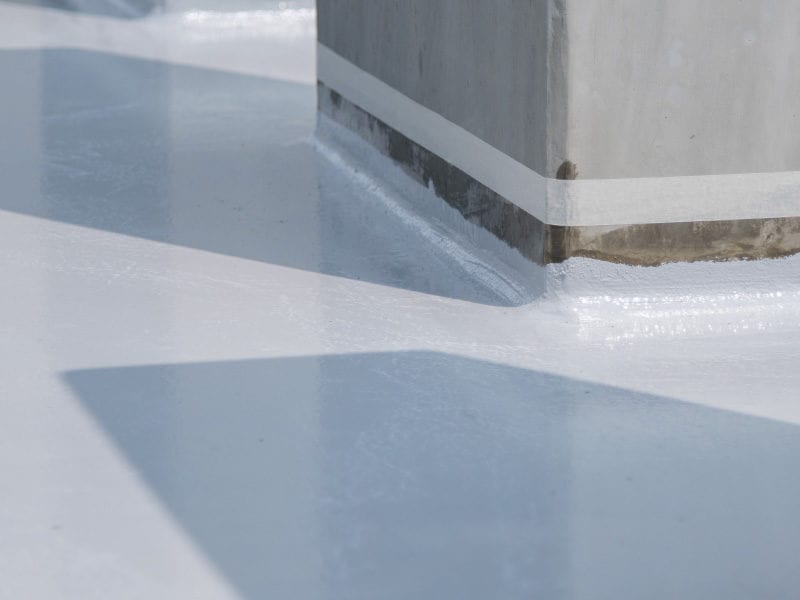What is edge coving?
Edge coving is a sealed, curved strip of material that conceals the sharp edge between the wall and the ceiling, or the wall and the floor. It is essentially an arched section joining a vertical wall to either the ceiling or the floor. It adds that finishing touch to a room that would otherwise look unfinished. Edge coving creates a seamless transition from the floor or ceiling to the wall, and results in a smooth and impervious surface.
Coving can be made from plaster, wood, stone, polystyrene, duropolymer, epoxy or cement.

What is edge coving used for?
Edge coving has more than just a decorative purpose. It also:
The advantages of edge coving
Edge coving is a very popular choice in houses, workplaces and retail facilities. It’s attractive, useful and practical. Some of the benefits of coving include:
FAQs
Contact Us For A Quote
Lloyd Specialised Coatings is large enough to handle any enquiry yet small enough to ensure that you receive a personalised tailored service. Whether your job is internal, external or both, we will provide an itemised quote for all of our services.
